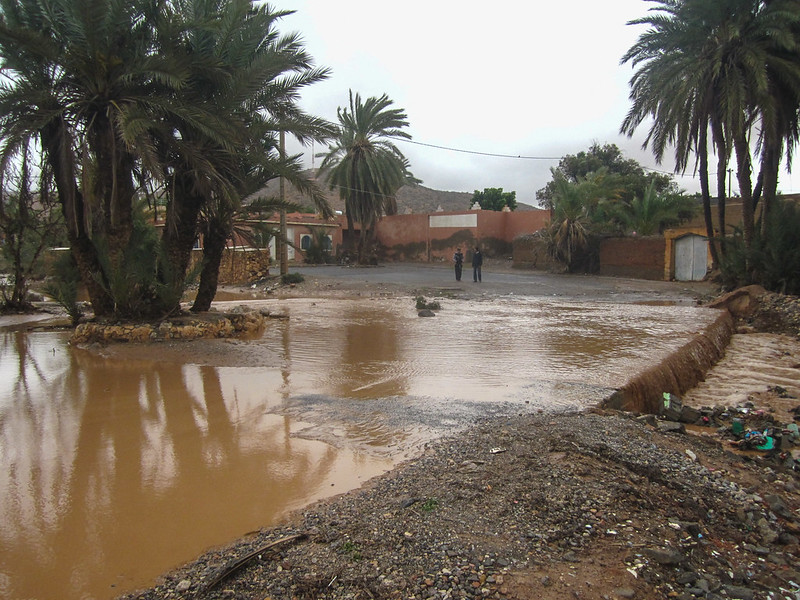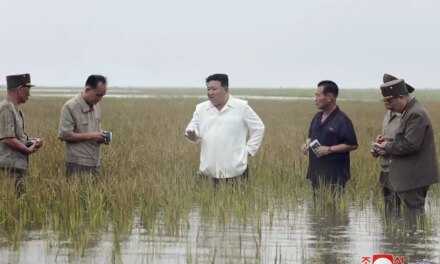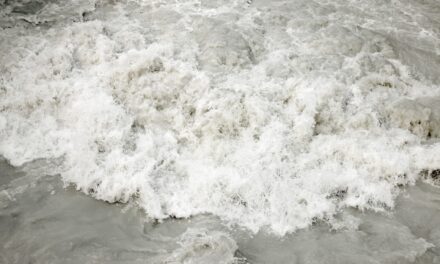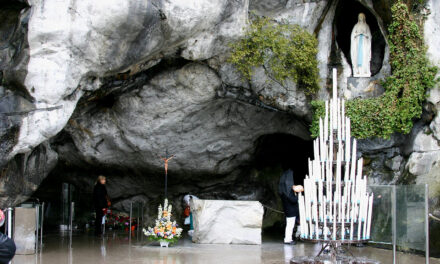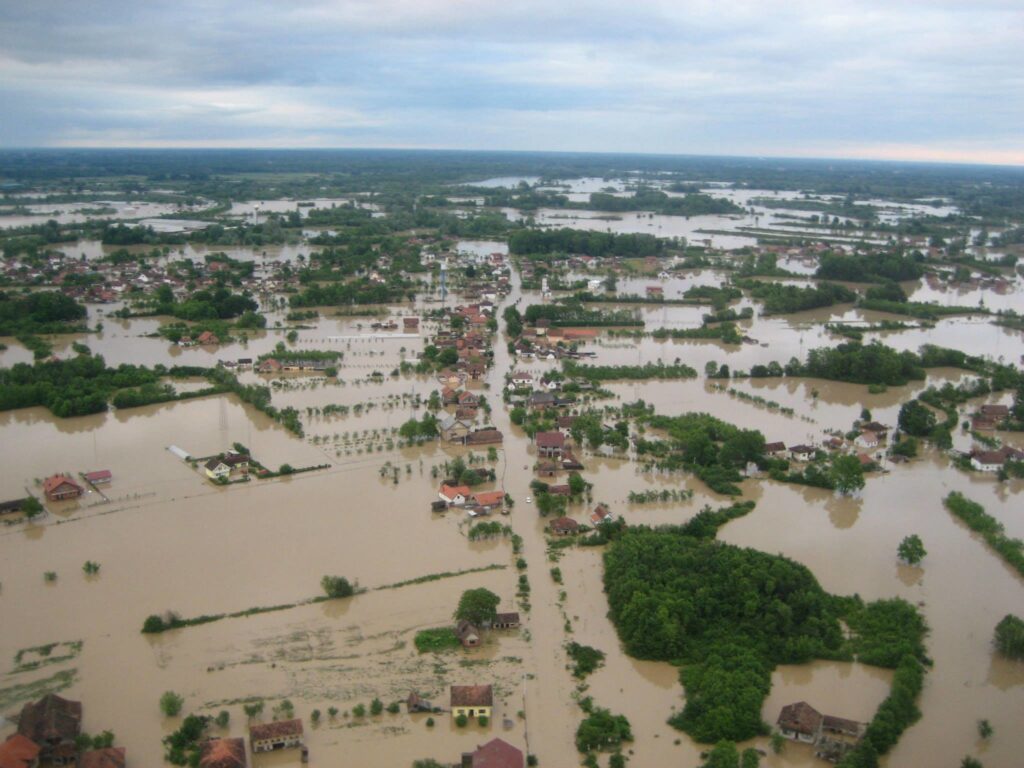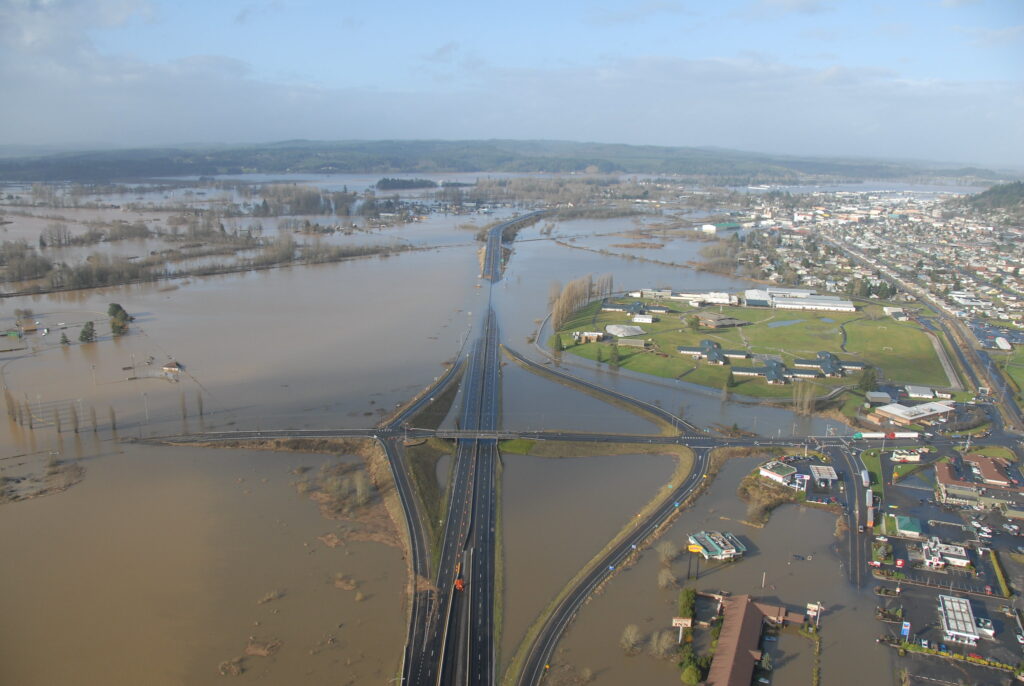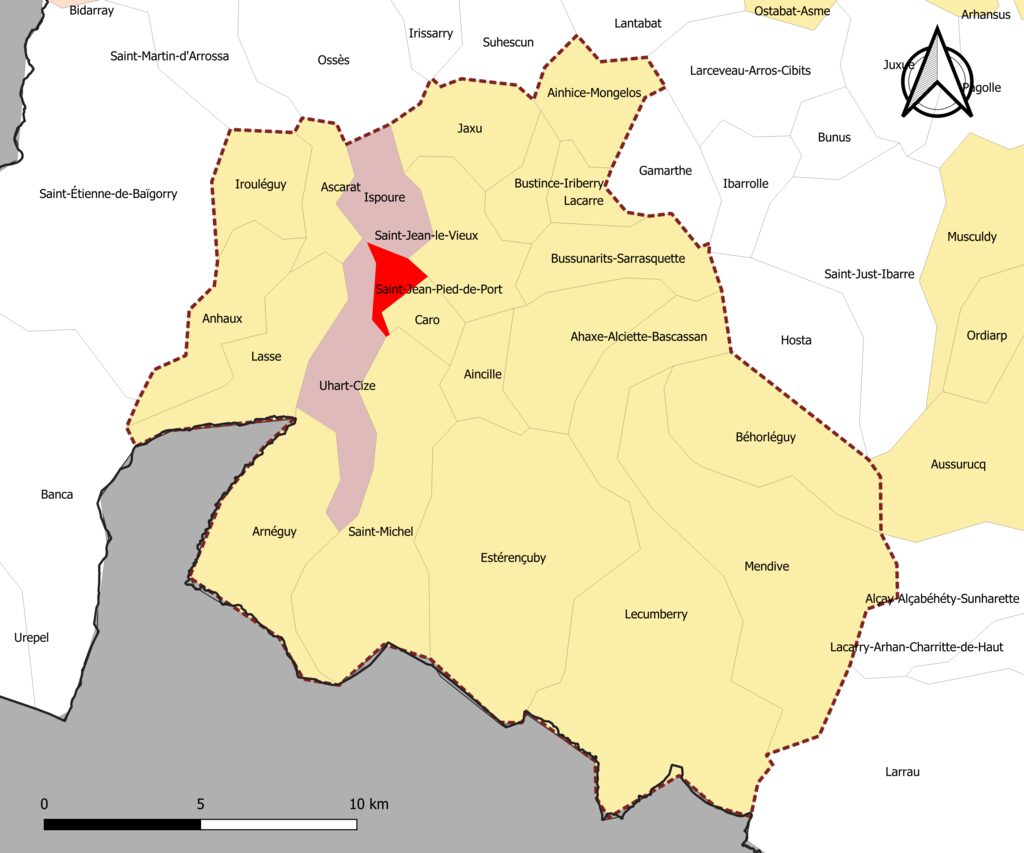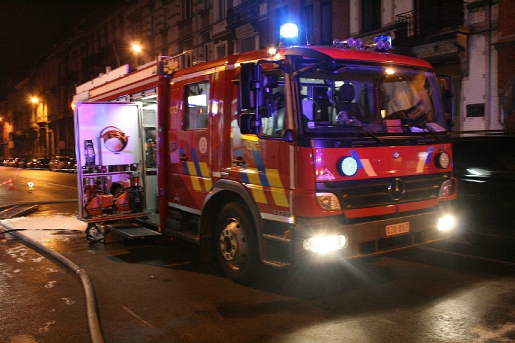Devastating Floods in Morocco and Algeria: Over 75 Dead and Missing Since September 7, 2024
Introduction
Since September 7, 2024, violent floods have been ravaging Morocco and Algeria. These torrential rains have already caused the death of more than 75 people. Additionally, they have led to numerous disappearances and left thousands of families homeless. Indeed, unusually intense storms have triggered these massive floods. The topic remains essential as it not only highlights the effects of climate change but also the urgency of strengthening prevention systems. In this article, we present recent events, official figures, political reactions, and propose solutions for effective protection.
Analysis
Moroccan and Algerian authorities report major damage caused by these recent floods. Indeed, the cities of Tangier, Tetouan, and Chefchaouen in Morocco are experiencing considerable damage. Similarly, the regions of Chlef, Tizi Ouzou, and Béjaïa in Algeria face similar destruction. Furthermore, rivers are overflowing, and landslides are cutting off roads, sweeping away houses, and threatening many lives.
Official Data and Key Figures
The Moroccan Ministry of the Interior indicates that, since September 11, 2024, the floods have caused at least 35 deaths. On the other hand, the Algerian Ministry of the Interior reports 40 deaths due to the floods. Additionally, authorities are recording dozens of missing persons, and rescue services are continuing their searches tirelessly.
Moreover, Moroccan authorities have evacuated more than 7,000 people from their flooded homes. In Algeria, rescue teams have relocated more than 10,000 people, according to data from Civil Protection. Furthermore, these floods have destroyed more than 15,000 hectares of agricultural land, directly threatening food supplies and the livelihoods of many families.
Political Reactions and Concerned Personalities
The Moroccan and Algerian governments reacted immediately to this disaster. Thus, King Mohammed VI of Morocco ordered the mobilization of all available rescue forces. He also sent the army to assist the affected regions. In Algeria, President Abdelmadjid Tebboune declared a state of emergency and promised emergency aid to affected families. Additionally, António Guterres, the Secretary-General of the United Nations, expressed his solidarity and called for swift action against climate change.
What are the impacts and consequences?
The floods have a huge impact on the populations of Morocco and Algeria. Indeed, material damage amounts to millions of dollars, with thousands of houses destroyed or damaged. Roads, bridges, and electrical networks also suffer significant damage. Thus, these destructions further complicate rescue efforts and slow down humanitarian aid operations.
Moreover, agricultural losses strongly impact the local economy. Indeed, the destruction of crops causes food shortages and increases the prices of essential goods. Additionally, the psychological consequences are significant for survivors, traumatized by the loss of their loved ones and their property. Furthermore, the risks of waterborne diseases increase due to the contamination of drinking water sources.
Thus, ineffective drainage systems and poorly planned urbanization exacerbate the damage caused by these floods. This situation highlights the urgency of modernizing infrastructures and adopting more resilient strategies to better manage disaster risks.
The most affected areas
- Morocco:
- Tangier
- Tetouan
- Chefchaouen
- Rabat
- Casablanca
- Algeria:
- Chlef
- Tizi Ouzou
- Béjaïa
- Algiers
- Blida
Solutions to protect against floods
To better protect against floods, it is crucial to implement several effective solutions:
- Install flood barriers: Flood barriers, such as those from VERTU-PROTECT, offer effective protection against water intrusion. These barriers are easy to set up and significantly reduce the risks of flooding.
- Optimize drainage systems: Improving urban drainage infrastructures allows for quick evacuation of rainwater. Consequently, these measures reduce flooding risks by facilitating better water flow.
- Raise awareness and educate the population: Informing citizens about flood risks and safety measures can save lives. Thus, training in first aid and evacuation plans is essential.
- Develop green spaces: Planting trees and restoring wetlands helps absorb excess water. This also limits urban flooding and offers better protection to inhabitants.
- Build dikes and dams: Dikes and dams effectively protect residential and agricultural areas. Indeed, these infrastructures control river flow and prevent flooding.
Article sources
- Ministry of the Interior of Morocco – Official Website – ★★★★☆
- Civil Protection of Algeria – Official Website – ★★★★☆
- Agence France-Presse (AFP) – Website – ★★★★★
- United Nations – Climate Change – Website – ★★★★★
- World Health Organization (WHO) – Website – ★★★★☆
In conclusion
The floods in Morocco and Algeria not only highlight the severity of climate change but also the numerous challenges they pose. Indeed, the human and material losses show the urgency of strengthening infrastructures and implementing preventive measures. Therefore, protection devices, such as VERTU-PROTECT flood barriers, remain essential to reduce future risks. In summary, it is necessary to act now to better protect communities and minimize the impacts of future natural disasters.
